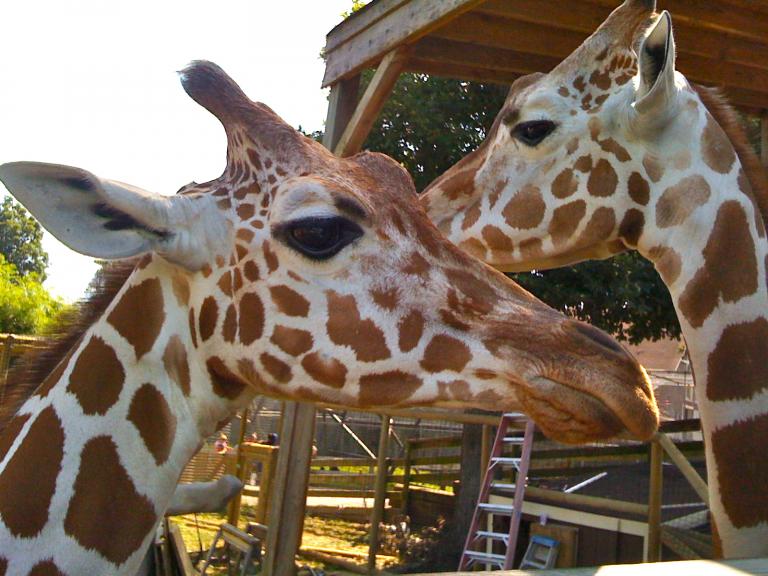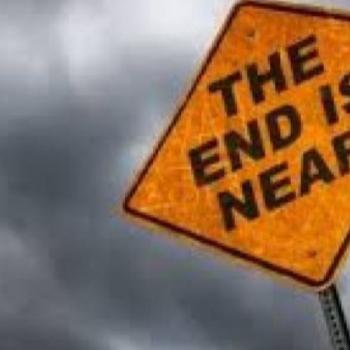
(Wikimedia Commons public domain photograph)
We’re just back from the Metro Richmond Zoo, a remarkably good small private operation — really quite good — that, incidentally, was founded and is owned and operated by Jim Andelin, who is a member of the Church of Jesus Christ of Latter-day Saints.
I recommend it highly to anybody who’s ever in the area of Richmond, Virginia. It’s not so small that it’s unsatisfying, but it’s also not so huge that it’s overwhelming. We saw kangaroos, cheetahs, lots of apes and monkeys, peacocks, dromedary and Bactrian camels, giraffes, a good variety of birds, wallabies, tapirs, rhinoceroses, lemurs, lions, zebras, beautiful white deer, ostriches, African eagles, goats, a bear, river otters, a snow leopard, Galapagos turtles, groundhogs, elk, kudus, meerkats, and a host of nteresting creatures. The zoo is perfect for small children, just the right size for them. The animals are close enough for them to really enjoy, and they can even directly feed several of the animals (including the giraffes, whose long bluish black or purple tongues make a considerable impression on little kids).
I do believe it’s true. . . .
And the elephants are kindly, but they’re dumb.
Orangutans are skeptical
Of changes in their cages. . . .
Zebras are reactionaries.
Antelopes are missionaries.
***
I continue to enjoy Rolf Dobelli’s Die Kunst des klugen Handelns: 52 Irrwege, die Sie besser anderen überlassen (Munich: Deutscher Taschenbuch Verlag, 2014) — “The Art of Smart Action: 52 Wrong Paths that Would Be Better Left to Others” — in small bites. (It’s difficult to do much more while helping to feed Bactrian camels, watching Moana and Maui try to return the heart of Te Fiti, or doing a dramatic reading of Skippyjon Jones.)
One brief chapter — they’re all brief chapters, actually — is entitled “Warum Sie im Vollmond ein Gesicht sehen” (“Why you see a face in the full moon”). In it, Dobelli gives examples of our tendency to see patterns even, in many cases, where no such patterns actually exist. This can be largely harmless, as when we see faces in the clouds. (I can, with minimal effort, see faces in our bathroom tiles.) But it can be dangerous when we imagine recurring patterns in, say, stock prices over time. It reminded me quite a bit of Stewart Elliott Guthrie’s intriguing book Faces in the Clouds: A New Theory of Religion (Oxford, 1995), which posits an evolutionary explanation for why we tend to see “agents” behind events and natural phenomena even when they’re sometimes not there. One doesn’t have to buy Guthrie’s insight as a comprehensive explanation for the origin of all theism — I certainly don’t — in order to find it fascinating, provocative, and often apropos.
Posted from Richmond, Virginia













